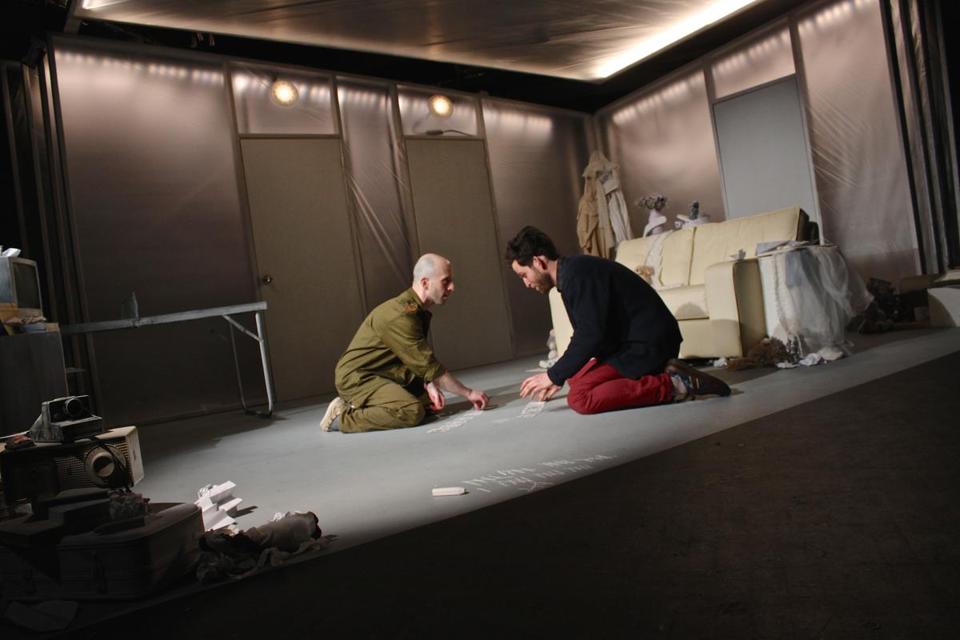available for purchase
at this time.
Link Roundup! – 3/20/15
Link Roundups feature articles and bits of internet goodness that our dramaturgy team digs up. If you find something you want to send our way, drop us a line on Facebook or Twitter!
♦♦♦♦♦
Melissa Hillman’s post on the TCG blog about what engagement really means gets at some important truths about connecting with audiences:
If we’re going to have productive discussions about diversity, even coded as “audience engagement,” we first need to stop pretending that there’s one discrete “theatre community” that’s all failing in the same way. We need to stop pretending that a lack of diversity in big budget theatre is a lack of diversity in “theatre,” as if people of color cannot create theatre unless a big, white theatre bends down to help them. We need to stop pretending that a lack of diversity in big budget theatre audiences is a lack of diversity in “theatre audiences,” as if young people of color have no theatre unless a big, white theatre creates a space for them. You can’t stop young people of color from making art. It’s happening everywhere, all the time. You can’t stop young people of color from consuming art. It’s happening everywhere, all the time.
♦♦♦♦♦
Over at The Nib, a cartoonist shares a story about the perception of race in comics:
♦♦♦♦♦
Boston’s new play scene is highlighted in this Boston Globe article, featuring several local companies and artists speaking about the increase in development opportunities around town:
“Innovation in the theater is new work,” says StageSource executive director Julie Hennrikus. “We’ve been talking a lot about diversity, inclusion, space issues, and audience building, and the solution to all of those issues lies in new work. We’re better as a community when we encourage plays and playwrights that tell stories from different points of view.”
♦♦♦♦♦
A Create Equity article looks at research related to intrinsic vs. instrumental benefits of the arts:
For well over a decade now, advocates have fiercely contested whether the arts should be valued more for their ability to further non-arts goals, like public health or economic development, or for the unique qualities that set them apart from other aspects of social life. Just when we thought this great “intrinsic” vs. “instrumental” debate had gone stale, recent research from Mark Stern and Susan Seifert has given the topic a breath of fresh air. Stern and Seifert suggest that cultural participation is one component–valued in its own right–of the broader concept of human wellbeing. Though the sentiment might seem obvious, the implication is not: it allows us to elegantly sidestep (if not quite resolve) the whole question of intrinsic vs. instrumental benefits by framing the idea instead as direct vs. indirect contributions to wellbeing.

